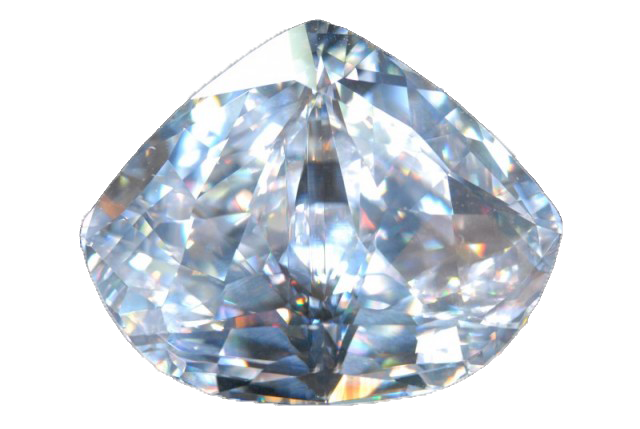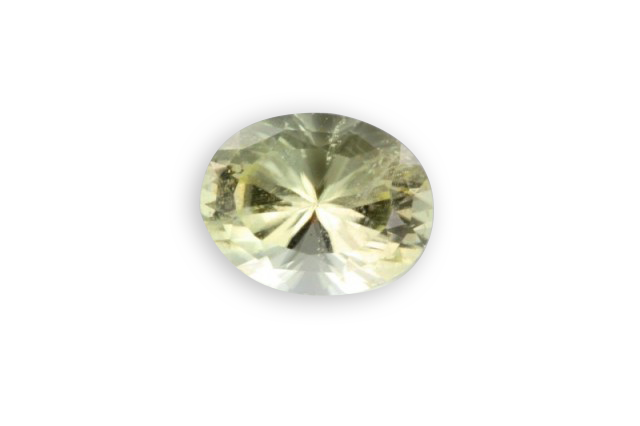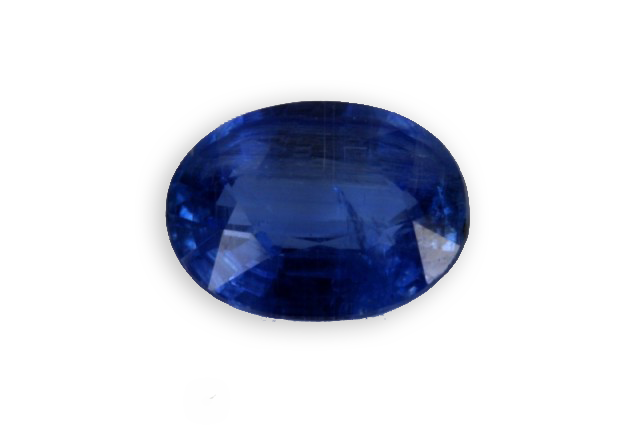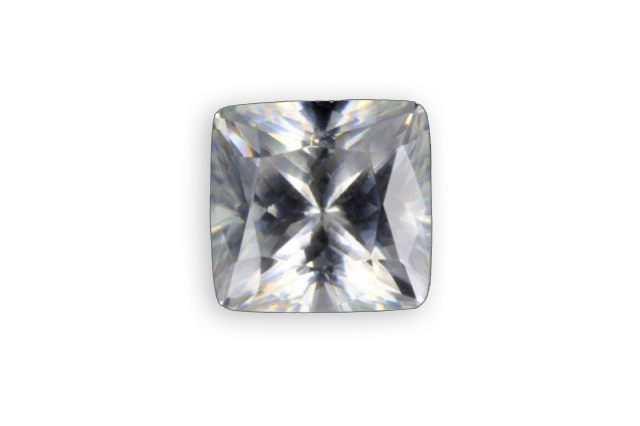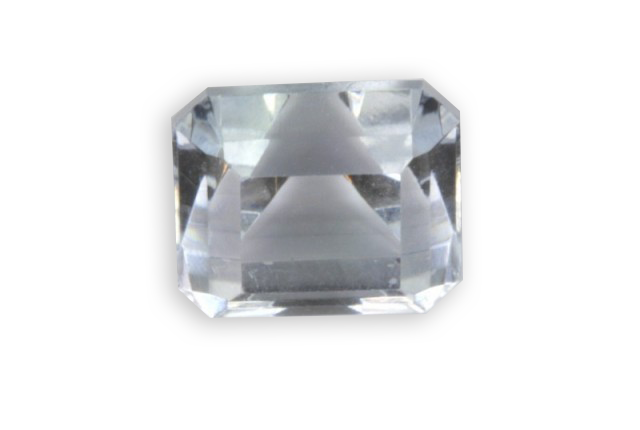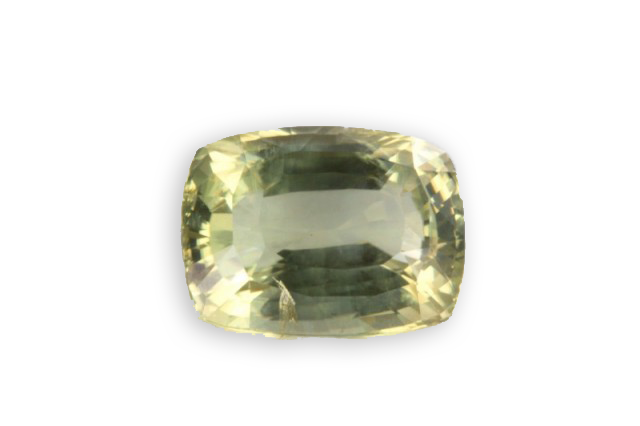
diopside
Its name comes from the Greek, “two” and “appearance” because of the double surface appearance of the prism when it is crystallized. Diopside is also “starred”, “shimmering” and the chromite variety, gemstone essentially coming from Russia, is emerald green. A deposit in Piedmont( Italy )

